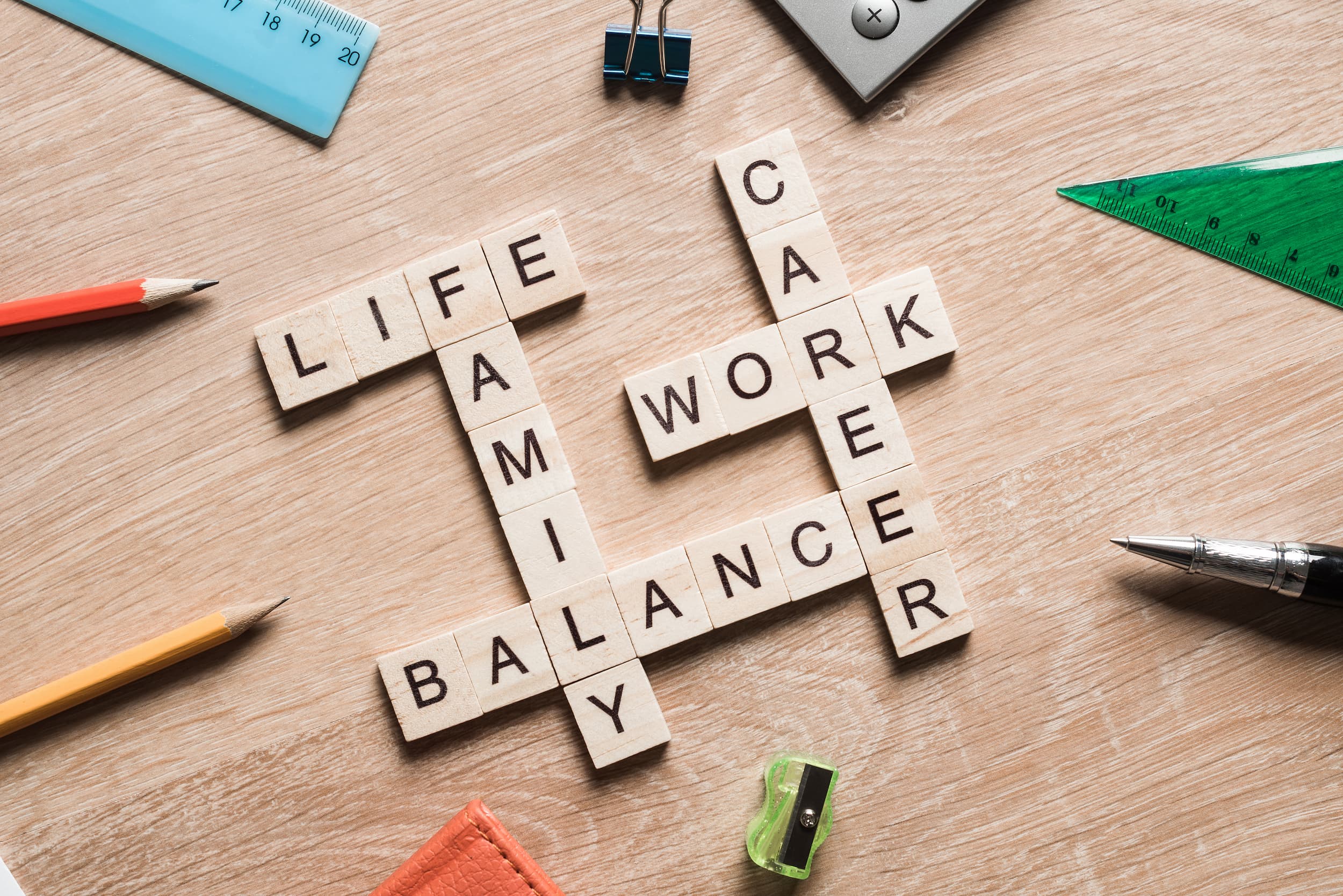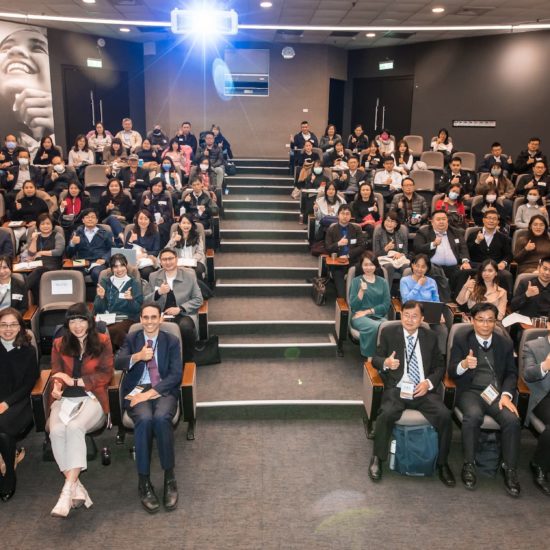FFA webinar on work-life balance

The ECCT’s Family Friendly Alliance (FFA) arranged a webinar featuring guest speakers Dr Wang Chia-Woei, Superintendent of the Dr Wang Reproductive Fertility Center (王家瑋婦產科診所 王家瑋院長) and Dr Chen Chien-Wen, Vice Superintendent of the same centre (王家瑋婦產科診所 陳芊彣醫師). The guest speakers spoke about how Assisted Reproductive Technology (ART), such as cryopreservation, is helping women to balance their lives and careers in a way that ensures that their personal and professional goals are aligned and achieved in an efficient and effective way. The webinar concluded with a panel discussion moderated by Saxon Chen, CEO, H2U Corporation. It was the second in a series of webinars arranged by the FFA for the purpose of discussing the latest trends and sharing best practices aimed at creating a family friendly environment in Taiwan.
Dr Chen began by noting how the goals and priorities of people change as they move through different phases of life and their circumstances change. Female fertility is highly age-related and diminishes after the age of 32 and ever more sharply after the age of 37. There is also a strong correlation between the rate of pregnancy and live birth. The miscarriage rate also rises with age, rising to over 30% after the age of 40. The average age when women give birth to their first child has risen gradually over the years from 29.61 in 2010 to 31.23 in 2021. The Ministry of Health and Welfare’s Health Promotion Administration has recommended taking advantage of the “golden fertility period” before the age of 35.
Statistics show that the age of patients receiving ART treatment has risen steadily over the years. In 2020, the highest percentage of patients receiving ART were aged between 37 and 40. This compares to those aged from 28-32 in 1998.
he speaker went on to explain in-vitro fertilisation, with the use of fresh or frozen embryos (through the process of cryopreservation - freezing embryos at very low temperatures in order to maintain their viability and functionality for future use). Statistics from Taiwan show that the number of frozen embryo transfers overtook the number of fresh embryo transfers in 2008 and has been rising ever since while the number of fresh embryo transfers has declined.
Fresh embryo transfer typically involves transferring one or more high-quality embryos to the woman's uterus within a few days of fertilization. This process is usually done during the same menstrual cycle in which the eggs were retrieved. Frozen embryo transfer, on the other hand, involves cryopreserving the embryos and transferring them back to the woman's uterus at a later time. One advantage of frozen embryo transfer is that it allows for better timing of embryo transfer, which may improve the chances of successful implantation. It also allows for the possibility of additional embryo transfers if the first one is not successful, without having to go through the entire IVF cycle again.
The Antimüllerian hormone (AMH), a hormone that is primarily produced by the cells in the ovarian follicles, provides a good indicator of ovarian reserve, which refers to the number and quality of a woman's remaining eggs. The level of AMH in a woman's blood is a useful predictor of her ovarian reserve and can help to estimate the remaining number of eggs in the ovaries. This information can be helpful in determining a woman's chances of achieving a pregnancy, both naturally and through ART. AMH levels tend to decline as a woman ages and are typically higher in women with more eggs in their ovaries.
The number of number of oocytes required to create one euploid blastocyst (a healthy embryo with the normal number of chromosomes that has reached an advanced stage of development, which usually occurs around 5-6 days after fertilization in humans) is typically around 5 for women between the ages of 31-34 but rises gradually with age. More than 10 are required for women over 40 and more than 30 for those over the age of 43.
The speakers concluded that cryopreservation allows for a preferred life path for women.

